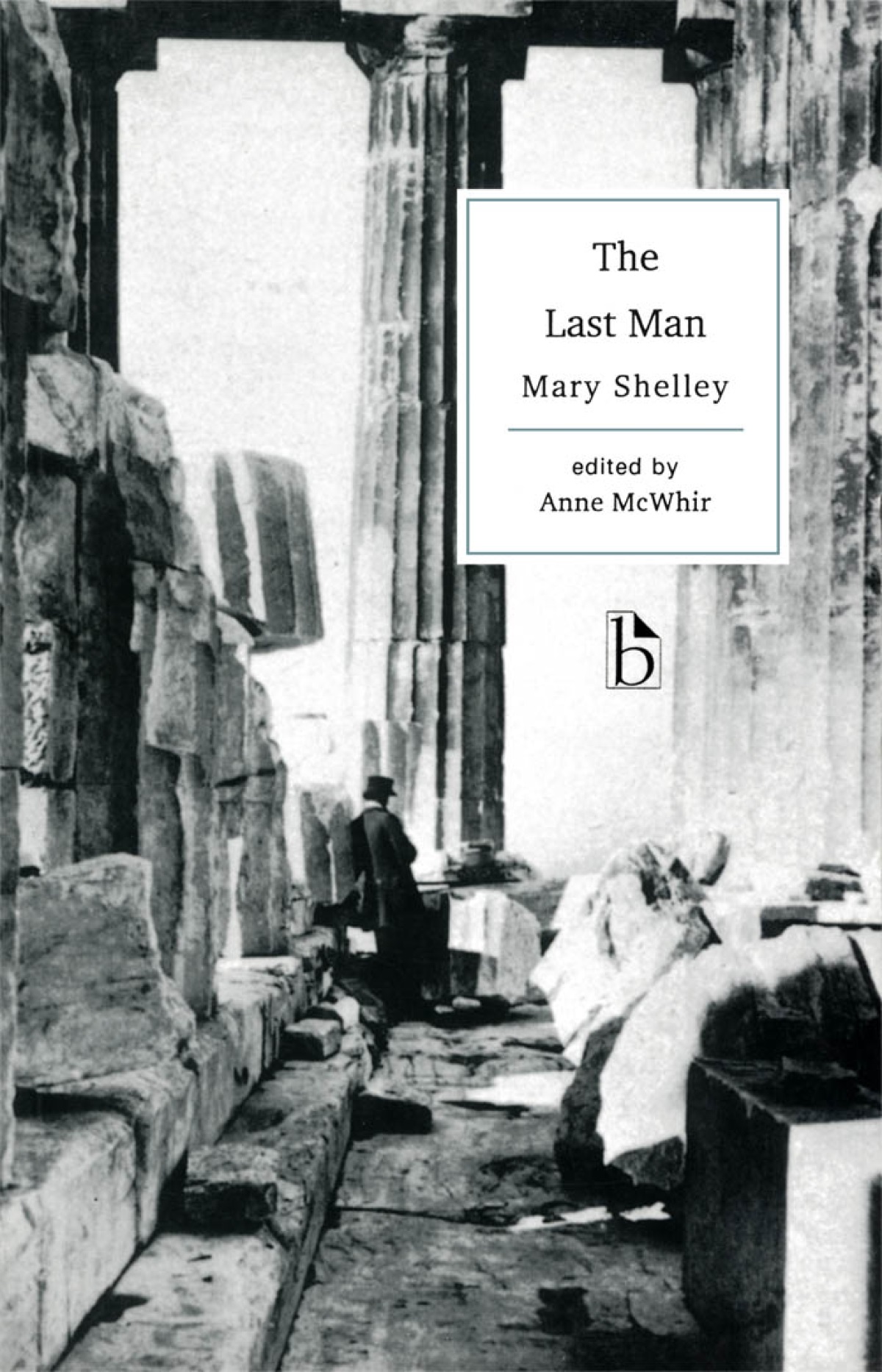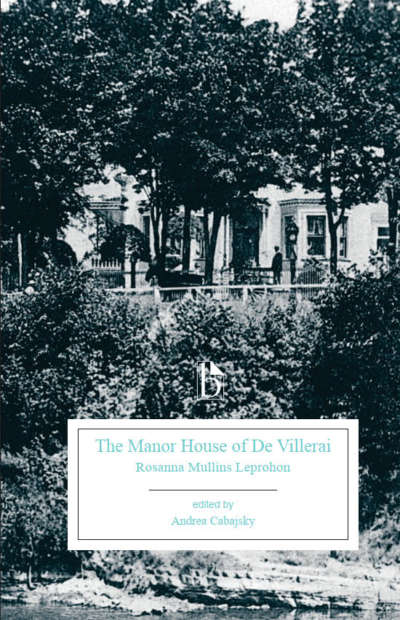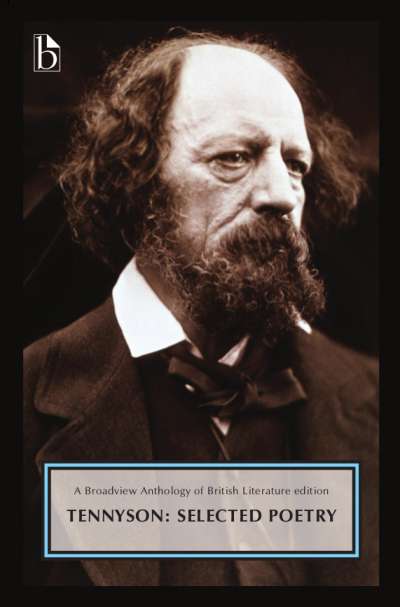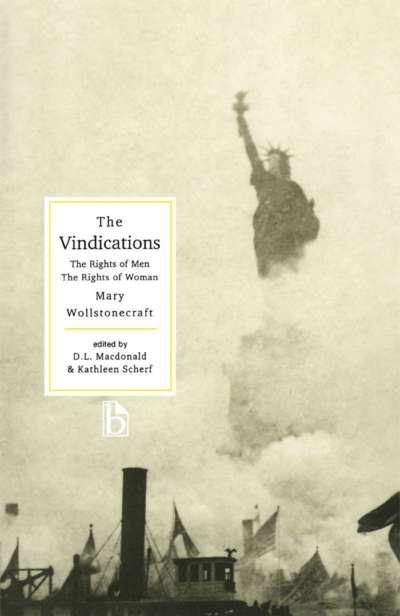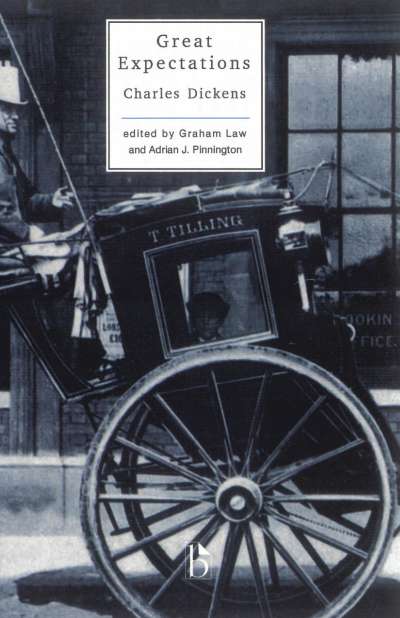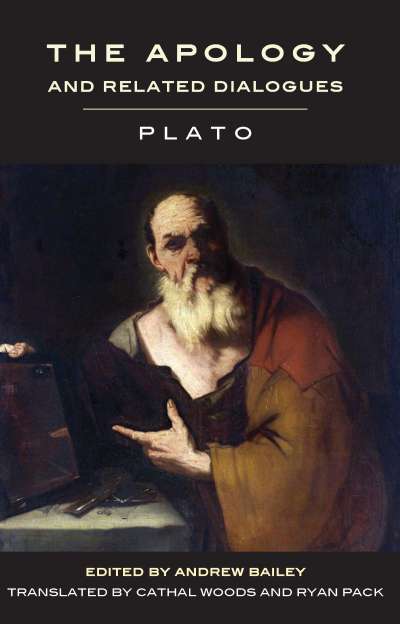Mary Shelley’s third published novel, The Last Man, is a disillusioned vision of the end of civilization, set in the twenty-first century. The book offers a sweeping account of war, plague, love, and desolation. It is the sort of apocalyptic vision that was widespread at the time, though Shelley’s treatment of the theme goes beyond the conventional; it is extraordinarily interesting and deeply moving.
If The Last Man is in some sense a “conventional” text of the period, it is also intensely personal in its origin; Shelley refers in her journal to the last man as her alter ego, “the last relic of a beloved race, my companions extinct before me.” The novel thus develops out of and contributes to a network of story and idea in which fantasy, allusion, convention, and autobiography are densely interwoven.
This new version of the first edition (1826) sets out to provide not only a thoroughly annotated text, but also contextual materials to help the reader acquire knowledge of the intellectual and literary milieu out of which the novel emerged. Appendices include material on “the last man” as early nineteenth-century hero, texts from the debate initiated by Malthus in 1798 about the adequacy of food supply to sustain human population, various accounts of outbreaks of plague, and Shelley’s poems representing her feelings after the death of her husband.
Comments
“Anne McWhir’s edition of The Last Man is first rate! Mary Shelley’s novel is well served by a careful editor who provides an informed introduction, comprehensive annotations, and well-chosen appendices that contextualize this richly complex novel—Shelley herself would have been pleased!” — Charles E. Robinson, University of Delaware
Acknowledgements
Introduction
Mary Wollstonecraft Shelley: A Brief Chronology
A Note on the Text
The Last Man
- Introduction
- Volume 1
- Volume 2
- Volume 3
Map of Lionel Verney’s World
Appendix A: Some Contemporaries of the Last Man
- George Gordon, Lord Byron, “Darkness” (1816)
- Thomas Campbell, “The Last Man” (1823)
- Thomas Campbell, letter in The Times, 24 March 1825
- Thomas Hood, from “The Last Man” (1826)
- George Dibdin Pitt, from The Last Man; or; The Miser of Eltham Green (1833)
- Thomas Love Beddoes, notes for a projected play, The Last Man
Appendix B: The Sibyl’s Cave
- Virgil, from Aeneid 6
- Jean-Baptiste Cousin de Grainville, from The Last Man; or Omegarus and Syderia, A Romance in Futurity (1806)
Appendix C: Versions of Plague
- Edward Gibbon, from The Decline and Fall of the Roman Empire (1776-88)
- Daniel Defoe, from A Journal of the Plague Year (1722)
- Charles Brockden Brown, from Arthur Mervyn (1799-1800)
- John Wilson, from The City of the Plague (1816)
- From “Contagion and Sanitary Laws,” Westminster Review 3 (1825): 134-67
Appendix D: “The Web of Mind”
- Constantin Francois de Chasseboeuf, comte de Volney, from The Ruins (1791)
- William Godwin, from Political Justice (1793)
- Thomas Robert Malthus, from An Essay on Population (1798)
- Mary Wollstonecraft, from The French Revolution (1794)
- Edmund Burke, from A Letter to a Noble Lord (1796)
- Percy Bysshe Shelley, from Notes to Queen Mab (1813)
- Percy Bysshe Shelley, from Preface to The Revolt of Islam (1818)
- William Godwin, from Essay on Sepulchres (1809)
Appendix E: Mary Shelley’s poems (1825)
- “The Choice”
- “On Reading Wordsworth’s Lines on Peel Castle”
- “To Jane— (with the ’Last Man’)”
Appendix F: Contemporary Comments on and Reviews of The Last Man
- From The Literary Magnet of Monthly Journal of the Belles Lettres, ns 1 (January 1826): 56
- From The Literary Gazette, and Journal of the Belles Letters, 474 ( Saturday 18 Feb. 1826): 56
- From Monthly Review 1 (1826): 333-35
- From Blackwood’s 21 (January 1827): 54
Appendix G: Postscript
- From Mary Shelley, Rambles in Germany and Italy (1844)
Works Cited/Recommended Reading
Anne McWhir is a Professor in the English Department at the University of Calgary, and a specialist in late eighteenth-century and early nineteenth-century fiction.

